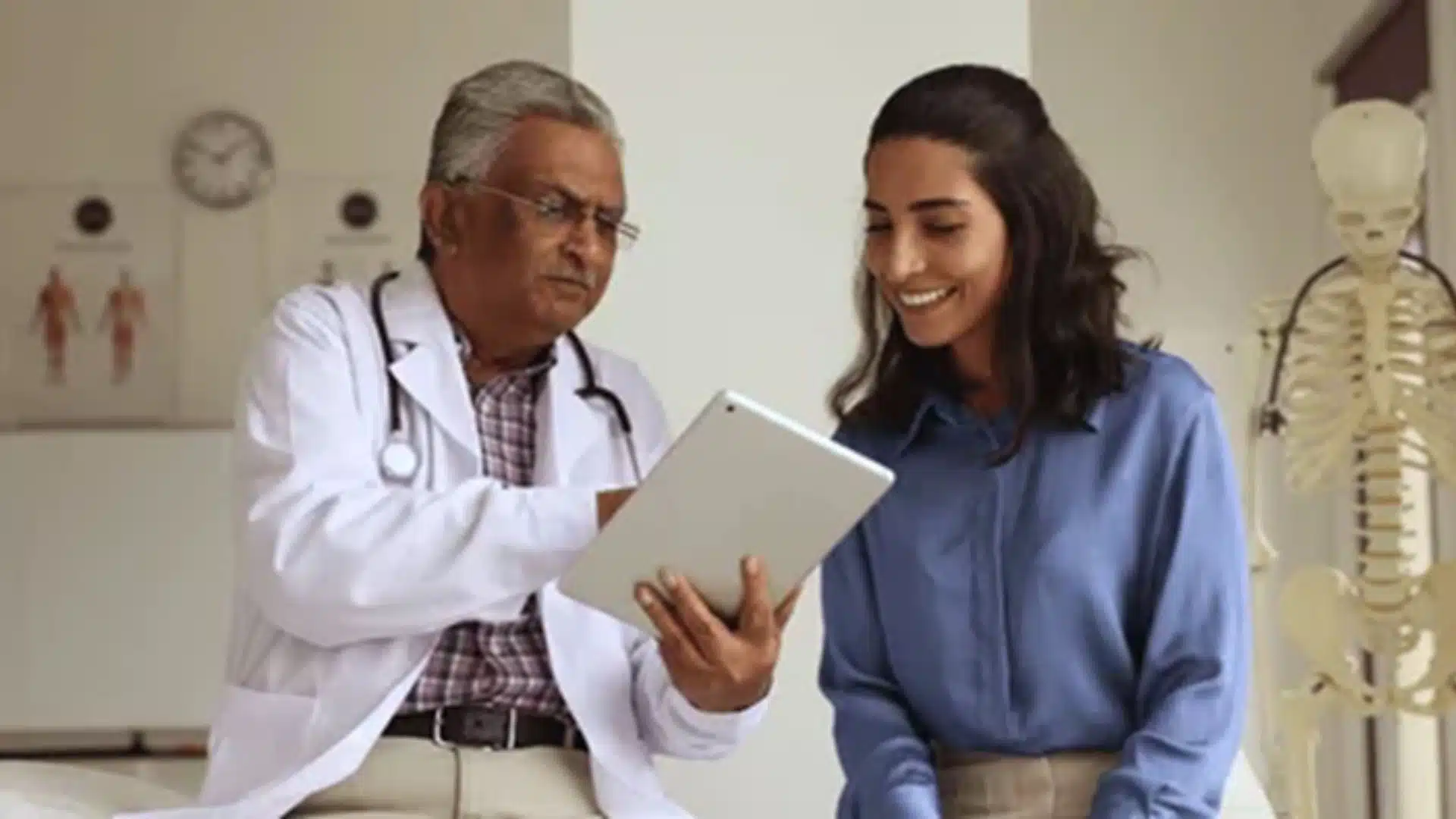How Value-Based Care Software Enhances Population Health Management?
In today’s dynamic healthcare landscape, the shift towards value-based care (VBC) is reshaping the industry’s approach to managing population health. At the forefront of this transformation, are innovative software solutions designed to enhance population health management (PHM) by aligning incentives with improved patient outcomes. Let’s explore how value-based care software drives this paradigm shift and revolutionizes healthcare delivery.
- Data-Driven Insights: Value-based care software aggregates and analyzes vast amounts of patient data from disparate sources, providing healthcare providers with actionable insights into population health trends. By leveraging advanced analytics and predictive modeling, providers can identify high-risk patient cohorts, proactively intervene to prevent adverse health events, and allocate resources more efficiently.
- Care Coordination and Collaboration: Effective population health management relies on seamless coordination and collaboration among multidisciplinary care teams. Value-based care software facilitates communication and information sharing across various healthcare settings, enabling care teams to streamline care transitions, reduce duplicative services, and deliver more coordinated, patient-centered care.
- Risk Stratification and Patient Segmentation: With value-based care software, health organizations can stratify patient populations based on risk profiles and clinical complexity. By segmenting patients according to their healthcare needs and preferences, providers can tailor interventions and interventions, improve care delivery efficiency, and optimize resource utilization.
- Patient Engagement and Empowerment: Engaging patients as active participants in their healthcare journey is crucial for achieving better health outcomes. Value-based care software offers patient-facing tools such as mobile apps, patient portals, and remote monitoring devices, empowering individuals to self-manage their health, adhere to treatment plans, and make informed decisions about their care.
- Performance Monitoring and Quality Improvement: Continuous performance monitoring and quality improvement are essential components of population health management. Value-based care software enables healthcare organizations to track key performance metrics, measure outcomes against established benchmarks, and identify opportunities for process optimization and quality enhancement.
- Financial Incentives Alignment: Value-based care software aligns financial incentives with the delivery of high-quality, cost-effective care. By facilitating value-based reimbursement models such as accountable care organizations (ACOs) and bundled payments, providers are incentivized to focus on preventive care, chronic disease management, and care coordination, ultimately driving down healthcare costs while improving patient outcomes.
- Regulatory Compliance and Reporting: Compliance with regulatory requirements and reporting obligations is paramount in value-based care arrangements. Value-based care software automates data capture, documentation, and reporting tasks, ensuring that healthcare organizations remain compliant with evolving regulatory standards and can demonstrate their performance in meeting quality and efficiency metrics.

In conclusion, value-based care software plays a pivotal role in enhancing population health management by leveraging data-driven insights, promoting care coordination and collaboration, stratifying patient populations, empowering patients, monitoring performance, aligning financial incentives, and ensuring regulatory compliance. As healthcare continues to evolve towards a value-based model, investing in innovative software solutions will be critical for organizations seeking to optimize outcomes, improve patient satisfaction, and thrive in an increasingly value-driven environment. For more details Contact Us.




















